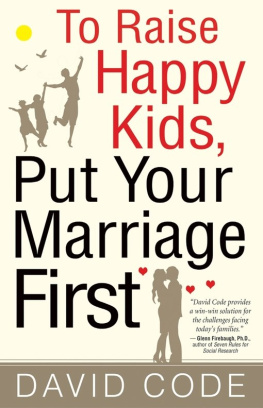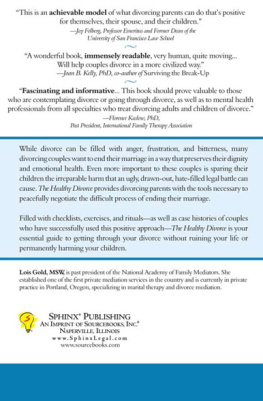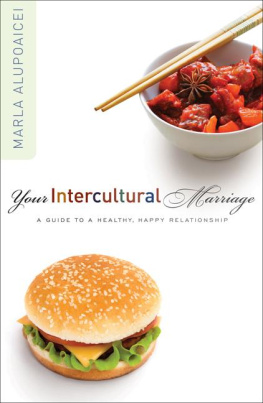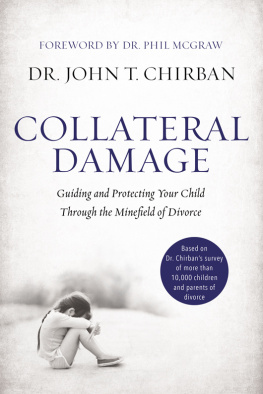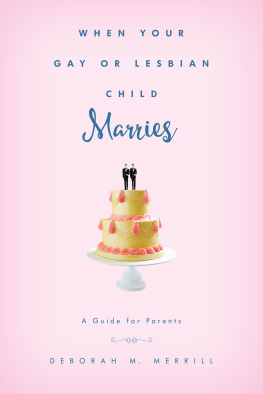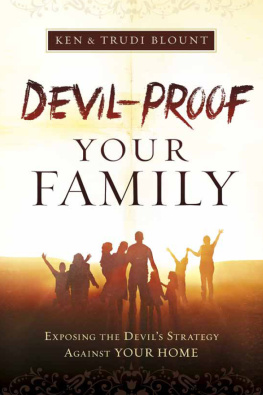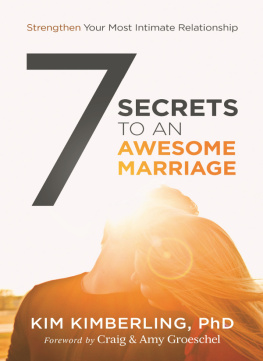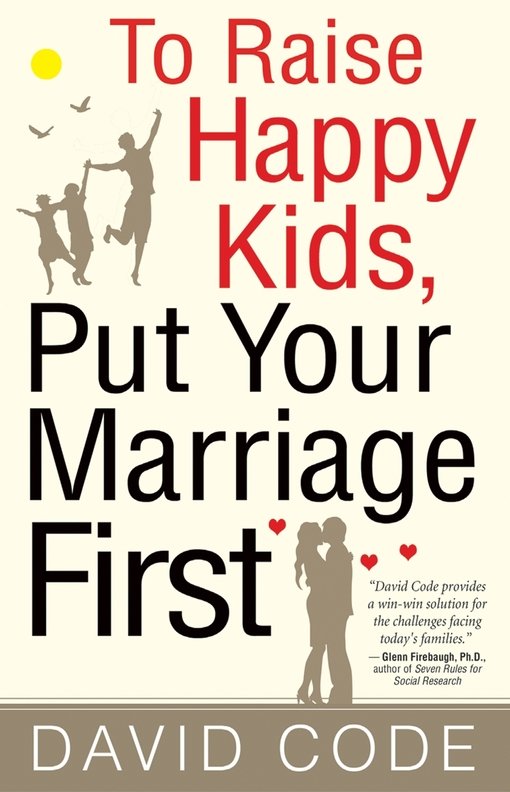Murray Bowen, Family Therapy in Clinical Practice (Northvale, N.J.: Jason Aronson Press, 1978), 21, 27.
Richard Charles wrote in the American Journal of Family Therapy that Bowens theory that parents of schizophrenics were more fused with their offspring than were other parents was also confirmed; see L. Wichstrom and A. Holte, Fusion in the Parent Relationships of Schizophrenics, Psychiatry 58 (1993): 28-43.
The Top 10: The Most Influential Therapists of the Past Quarter-Century, Psychotherapy Networker (March-April 2007).
Judith Warner, Perfect Madness: Motherhood in the Age of Anxiety (New York: Riverhead Books, 2005), 133.
Madeline Levine, The Price of Privilege: How Parental Pressure and Material Advantage Are Creating a Generation of Disconnected and Unhappy Kids (New York: HarperCollins, 2006), 141.
Warner, Perfect Madness, 55.
Michael Kerr, Family Evaluation: An Approach Based on Bowen Theory (New York: W. W. Norton, 1988), 182.
Science reporter Daniel Goleman interviewed John Cacioppo for the New York Times, December 15, 1992, and cites his personal notes from that interview in Emotional Intelligence (New York: Bantam, 1995), 179. Goleman also addresses this topic in the flap copy for Social Intelligence: The New Science of Human Relationships (New York: Bantam, 2006): Its [a] most fundamental discovery: we are designed for sociability, constantly engaged in a neural ballet that connects us brain to brain with those around us. Our reactions to others, and theirs to us, have a far-reaching biological impact, sending out cascades of hormones that regulate everything from our hearts to our immune systems, making good relationships act like vitamins and bad relationships like poisons. We can catch other peoples emotions the way we catch a cold.
Kerr, Family Evaluation, 200-201.
Ibid., 182.
Ibid., 7.
Levine, The Price of Privilege, 140-41.
Nicholas Wade, Genes Show Limited Value in Predicting Diseases, New York Times, April 16, 2009.
Michael Kerr, Why Do Siblings Turn Out So Differently? available online from the Bowen Center.
Sarah Hrdy, Mother Nature: A History of Mothers, Infants, and Natural Selection (New York: Pantheon, 1999), 72. Hrdy lays to rest the extremely popular misconception that most ailments are genetic. She distinguishes between genes and epigenetics, which means the influence of the environment on a gene. All humans can do is pass on a genetic predisposition for an ailment. It is the epigenetics, the influence of the environment (which includes family dynamics), that determines whether that genetic predisposition will actually be manifest as an ailment or not. One gene can produce many different phenotypes, or manifestations, depending on its environment: The identical genotype (or at least genotypes that are very similar, as in full siblings) could developinto an organism that looks or behaves very differently (that is, exhibits a different phenotype).... Long overlooked, polyphenism, the outcome of so many underlying mysteries, is assuming greater importance in the thinking of geneticists. Anyone tempted by cascading research that identifies genes for particular traits would do well to keep these cases in mind, as reminders of how much context still matters (72).
Goleman, Social Intelligence, 156 and 226.
If you search online at the National Library of Medicine, you will find more than three hundred medical articles on Fetal (or Prenatal) Programming. See www.PubMed.gov .
W. Schlotz, Fetal Origins of Mental Health: Evidence and Mechanisms, Brain, Behavior and Immunity, Epub: February 13, 2009.
T. Berry Brazelton, Family Pattern Stirs Concern about Over-Mothered Child, Albany Times Union, August 29, 2007: The problem with an over-mothered child is well known in pediatrics, where it is sometimes called the Vulnerable Child Syndrome. Overprotection affects the childs image of himself, leaving him to feel that he always needs to be protected, and that he is unable to take care of himself.... We see this in mothers who are having a lonely, tough time themselves.
Goleman, Social Intelligence, 224.
For a discussion of idiopathic autism, which is stable over time, versus secondary autism, which is rapidly increasing, see Joseph D. Buxbaum, The Genetics of Autism Spectrum Disorders, Medscape Psychiatry and Mental Health 10, no. 2 (2005).
Jon Hamilton, Cyber Scout Puts Autism Studies on Faster Track, Morning Edition, National Public Radio, April 8, 2009.
John D. Kelly, M.D., Marriage: Your Life Depends on It, Orthopedics Today (April 2009). The research of doctors Bowen, Sherry, Kerr, and others also suggests that a distant marriage could contribute to the high anxiety levels of these mothers.
Susan Dominus, The Allergy Prison, New York Times Magazine, June 10, 2001, 63.
Jaak Panksepp, Affective Neuroscience: The Foundations of Human and Animal Emotions (New York: Oxford University Press, 1998), 320.
Stephanie Coontz, Till Children Do Us Part, New York Times, February 5, 2009.
Sue Shellenbarger, Helicopter Parenting: A Breakdown, Wall Street Journal, September 27, 2007.
Benjamin Spock, Russian Children Dont Whine, Squabble or Break Things Why? Ladies Home Journal (October 1960): Parents who lacked confidence in their own common sense became anxious about the possible harm they might do their children if they inhibited them or made them resentful through discipline.... They decided when in doubt it was better not to interfere.... Their children have felt a lack of direction, and often acted up. The parents have tried hard to suppress their irritation at the misbehavior. But each time their patience has broken they have felt guilty and tried harder to suppress the irritation. I think that this kind of conflict in parents between irritation and guilt is what has allowed a lot, not all, of the minor squabbling, whining, inconsiderateness, abuse of toys and furnishings which are so common in American children.

